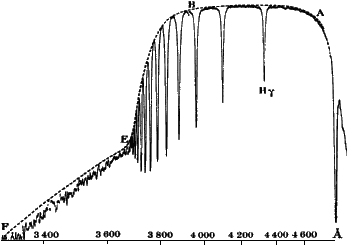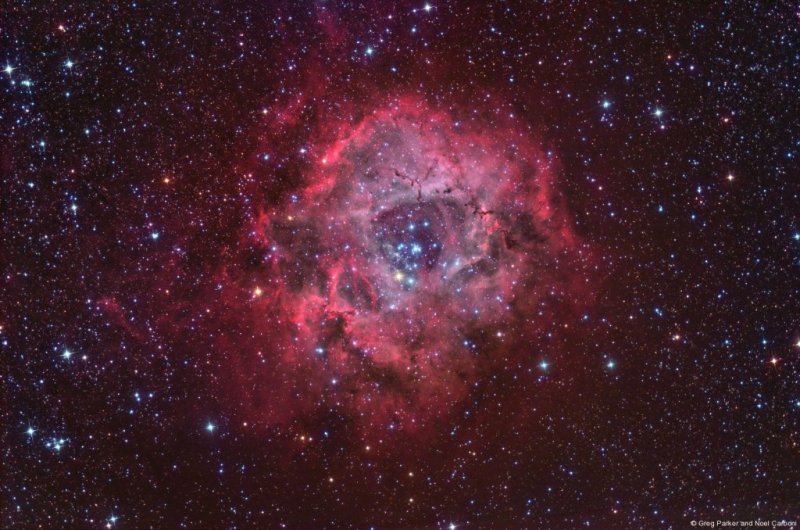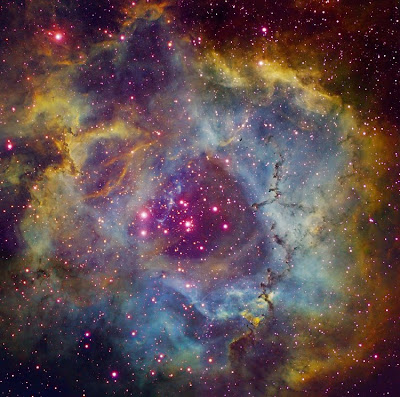owlice wrote:Noel,

And no, you didn't make me think about it, other than, "Oh, carp; not again." (The whole color thing...) I know
some people don't like colors being used to demonstrate science rather than something else, because they keep saying so, but to what end, I really don't know. Saying so isn't going to stop the science from being done (thank goodness).
There are so many other things in the world to be
offended about; I just can't see being offended because scientific images are used for science and thus are colored accordingly. I don't get that at all; obviously, this is my failing.
Since the "some people" that Owlice mentioned probably refers to me, let me point out that I haven't protested against Friday's APOD. I, too, agree that it shows something that can't be seen in visible light, and I, too, agree that it must be shown in false color (or mapped color, or assigned color, or whatever) to be visible as a picture to us at all. I haven't protested against the picture of Zeta Ophiuchi. I don't exactly
love the image of Zeta Ophiuchi, because it is hard for me to absolutely
love a false-color picture, but yes, I do like it. Quite a lot. Moreover, if I had belonged to the team who produced this picture, I wouldn't have asked them to change the coloring of it.
But there are times when I think that false color is being used in a way that I really disapprove of. Look at this famous picture of the "Pillars of Creation" in the Eagle Nebula, Messier 16:
Yes, this is an amazing picture. I, too, was incredibly impressed when I saw it, and when I saw all the fantastic structural detail in the pillars. But there is one thing which I strongly disapprove of, and that is the pink color of all the stars. I find that choice of color for the stars extremely jarring, in view of the fact that most of the stars here are very hot and blue, although of course their apparent color has been reddened by dust. But even their dust-reddened color is much bluer than the Sun.
I think the reason for the pink color of the stars in the picture is that Hubble imaged the pillars in the light of oxygen, which was colored blue, hydrogen, which was colored green, and sulphur, which was colored red. But the sensitivity of the detection of sulphur was apparently much greater than the sensitivity of the detection of oxygen and hydrogen. So when Hubble looked at the stars, it simply saw a lot more sulphur than hydrogen and oxygen in them, and the stars came out pink.
I'm happy to say that the pink color of hot stars didn't really catch on. Several people regularly post images of nebulae in the Hubble palette here at Starship Asterisk, but many people make an effort not to make their stars come out pink. I'm glad. Please note, too, that all the stars are colored blue in Friday's APOD. So are all the stars in Zeta Ophiuchi's vicinity hot and blue, then? No, certainly not, since hot Zeta Ophiuchi itself is a runaway star and not at all surrounded by its hot siblings. Neverteless, compared with the temperature of the surrounding dust, all the stars in the picture are hot, and it is right and fitting that they should be colored blue in this image.
Ann




